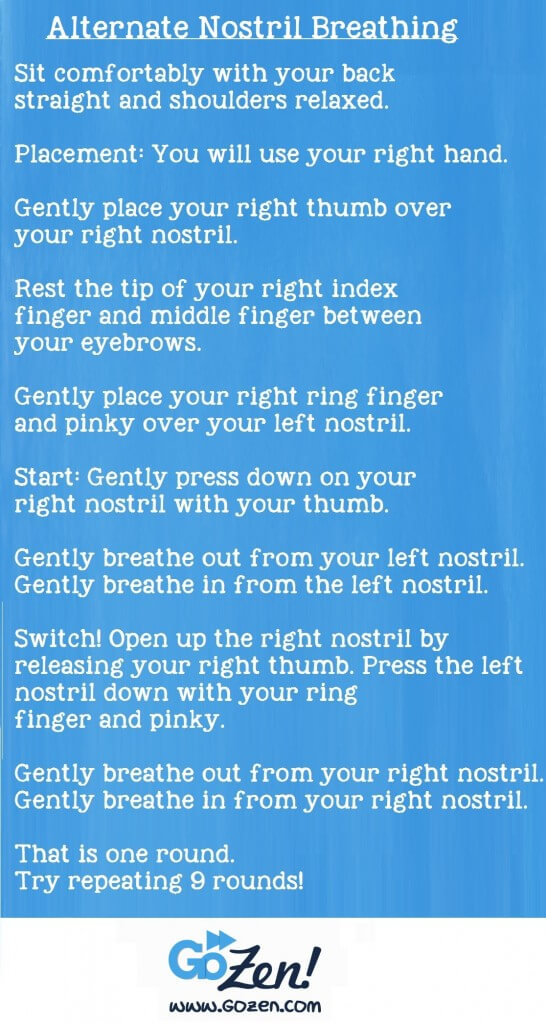 “Wait…what are you… are you doing what I think… ew, are you scratching… OH NO… Are you picking your nose? AAAAAAAH!”
“Wait…what are you… are you doing what I think… ew, are you scratching… OH NO… Are you picking your nose? AAAAAAAH!”
This might be the reaction you get along with fits of giggles from kids learning a powerful, albeit funny-looking, ancient yogic breathing exercise. It’s a great thing that kids find this technique fun(ny) as it encourages them to engage in mindful breathing.
What is it?
In Sanskrit, this technique is called Nadi Shodhan Pranayama (nadi = energy channel; shodhan = purification; pranayama = breathing technique). The goal of this exercise is to purify the energy channels in your body or purify the nervous system by balancing breath between the right and left nostrils. In the West, we call this alternate nostril breathing because it literally calls for a focus on breathing through one nostril and then switching over to the other.
Why is it good?
At any time of the day we predominantly breathe through one nostril only. Every 90-120 minutes, a switch occurs. Sometimes, however, our breath becomes imbalanced. Stopping to consciously control the frequency, rhythm, and duration of breath through each nostril helps bring equal amounts of oxygen to both sides of the brain for improved brain function. Here’s a short list of the researched benefits of alternate nostril breathing:
- Research shows alternate nostril breathing facilitates performance on verbal and spatial cognitive tasks.
- Research shows alternate nostril breathing improves attention.
- Research shows long-term alternate nostril breathing boosts “autonomic control of the heart by increasing parasympathetic modulation.” In other words, it can help reduce stress and anxiety.
- Research shows alternate nostril breathing can reduce high blood pressure.
